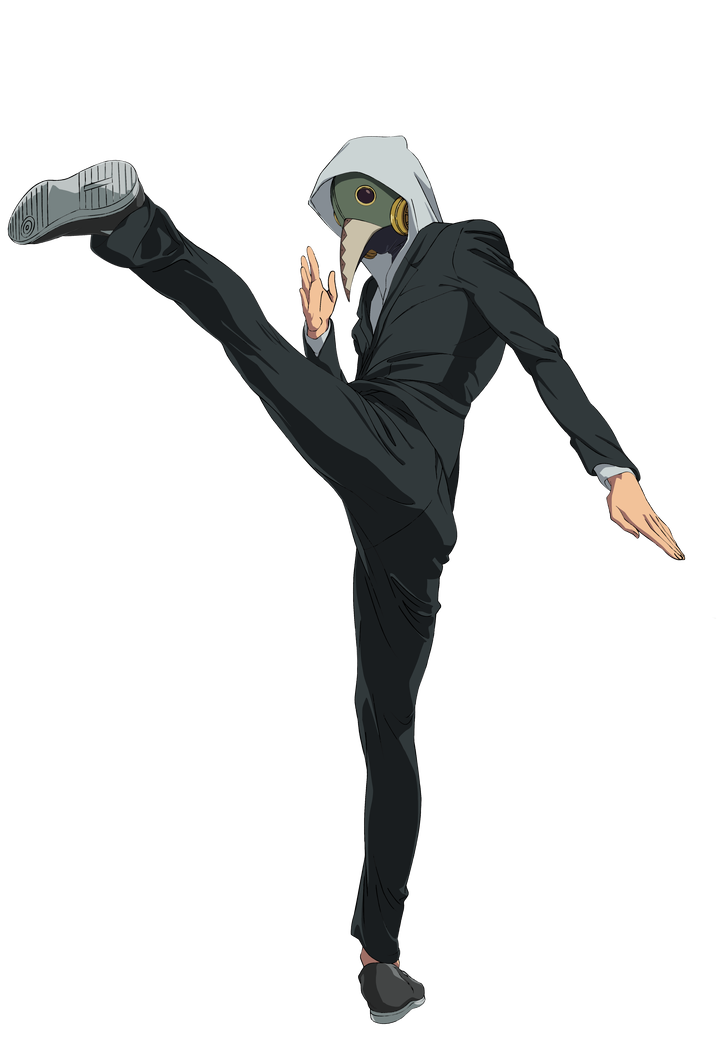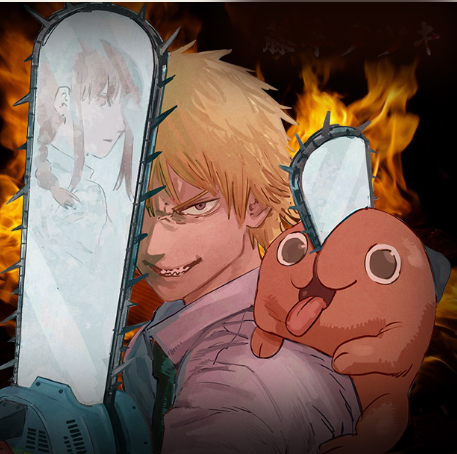# Unleashing the Devil: The Stunning Visuals of Chainsaw Man!
##
1. The Allure of Visual Storytelling
In the vibrant realm of digital media, visuals have become the heartbeat of storytelling, captivating audiences in ways that mere words sometimes struggle to achieve. Enter “Chainsaw Man,” the brainchild of Tatsuki Fujimoto, which stands as a breathtaking testament to the power of visual narratives. This electrifying manga artfully intertwines horror, humor, and emotional depth, all ensconced in a dazzling array of illustrations that pulse with a life of their own. Each page is an invitation to dive headfirst into a world that is as chaotic as it is captivating, where every stroke of Fujimoto’s pen brings forth an exhilarating adventure.
What truly elevates the visuals in “Chainsaw Man” is their harmonious connection to the plot. One moment, you find yourself chuckling at Denji’s outrageous escapades as a devil hunter, and the next, you’re gripped by the heart-stopping intensity of the graphic battles unfolding before your eyes. This dramatic shift not only amplifies the tension but also immerses readers in a universe where every twist and turn feels significant and electrifying. The art does more than tell a story; it elevates it into an experience that resonates with the very core of our emotions.
Moreover, Fujimoto’s distinctive art style adds an intriguing layer to the series’ allure. The rough, almost sketch-like aesthetics imbue the narrative with a sense of urgency and rawness that perfectly mirrors Denji’s tumultuous journey. There’s an undeniable beauty in this chaos—a heartfelt resonance that captures the reader’s imagination and compels them to explore the depths of both the art and the story. It’s this unique blend of elements that makes “Chainsaw Man” not just visually stunning but also a deeply engaging work that sticks with you long after you’ve turned the last page.
##
2. Embracing the Dark Side
“Chainsaw Man” is not merely a showcase of striking visuals; it bravely delves into profound themes of fear, desire, and the intricacies of the human condition. The series openly tackles its darker elements, presenting devils that serve as potent symbols of our various struggles. From the iconic Chainsaw Man himself to the vivid array of other devils, each character becomes a mirror reflecting our inner demons, creating a narrative that is both haunting and relatable. This exploration of the dark side isn’t just visually arresting; it resonates on a deeply personal level, inviting readers to confront their own fears and desires.
The artistry behind the devils is nothing short of visionary. Each devil is crafted with a keen eye for detail, weaving visual metaphors that embody their respective fears and traits. The fear of death, the anguish of loss, and even societal critiques come to life in grotesque yet fascinating designs. This clever use of symbolism enriches the narrative, enabling readers to engage with the story on multiple intellectual and emotional levels. The visual portrayal of these deep-rooted fears transforms abstract concepts into vivid realities that provoke reflection and introspection.
Fujimoto’s style masterfully juxtaposes beauty with the grotesque, creating an invitation to confront uncomfortable truths while providing a feast for the eyes. It’s a reminder that even in the darkest corners of existence, beauty can flourish, and accepting our fears can lead to incredible empowerment. This powerful theme resonates throughout the series, encouraging readers to embrace both the light and shadow within themselves, ultimately nurturing a sense of resilience and hope.
##
3. The Art of Movement
When it comes to dynamic storytelling, “Chainsaw Man” sets a gold standard with its breathtaking action sequences. Fujimoto possesses a remarkable ability to capture movement and energy, making even the most brutal confrontations feel fluid and intensely alive. The choreography of each fight scene is nothing short of cinematic, drawing readers into the adrenaline-fueled frenzy of combat. Each chainsaw slash resonates with palpable impact, leaving fans breathless with anticipation and excitement as the narrative unfolds.
This exhilarating sense of movement extends beyond action-packed moments; it permeates the entire body of artwork. Characters express a vast spectrum of emotions—from despair to euphoria—through their dynamic postures and expressive faces. Fujimoto’s meticulous attention to detail ensures that every panel vibrates with life, inviting readers to pause and absorb the subtleties that make each character’s journey unique. Whether it’s the gentle flutter of a character’s eyelashes or the explosive force of a devil’s demise, the art envelops the audience in a kinetic whirlwind of emotions and adrenaline.
The combination of intense action and profound emotional depth creates a reading experience that feels like a thrilling rollercoaster ride. As readers root for Denji through his battles, they find themselves forging a deeper connection to his journey. This exhilarating blend of movement and emotion makes every page turn an adventure worth experiencing, and it inspires readers to relish in the vibrancy of life’s ups and downs, navigating their own journeys with the same enthusiasm and courage.
##
4. The Power of Color
Color is a vital element that enriches the visual tapestry of “Chainsaw Man,” playing a crucial role in enhancing its storytelling. The manga’s vibrant palette contrasts sharply with darker tones, perfectly mirroring the themes of hope and despair that run throughout the narrative. This intentional use of color not only sets the mood for each scene but also accentuates the emotions and actions of the characters, creating a visual language that speaks volumes and transforms every page into a breathtaking work of art.
Fujimoto’s bold and impactful color choices are especially noteworthy. The striking reds and yellows associated with Chainsaw Man stand in stark contrast to the muted hues of the devils, embodying the eternal struggle between light and dark. This chromatic interplay does more than create stunning visuals; it serves as a poignant symbol of Denji’s internal conflict—his desires battling against the harsh realities of life. This thematic richness enhances the reading experience, inviting readers to delve deeper into Denji’s psyche as they witness his journey unfold.
Additionally, the occasional bursts of color in otherwise monochromatic panels evoke a powerful message of hope amid chaos. These glimpses of brightness remind readers that even in the darkest moments, a glimmer of light can shine through. This masterful use of color elevates the visual experience and reinforces the series’ overarching message of resilience and perseverance, encouraging readers to embrace their own colors, no matter how bright or subdued, in the grand tapestry of life.
##
5. A New Era of Manga
“Chainsaw Man” represents not just a remarkable addition to the manga universe but a bold leap into a new era of storytelling that defies traditional conventions. By masterfully blending genres and pushing the boundaries of visual artistry, Fujimoto has crafted a work that resonates with a diverse audience across different ages and backgrounds. This innovative approach invites readers to explore deeper themes while enjoying the thrilling escapades that define Denji’s life in a world teeming with devils.
The impact of this fresh narrative style has ignited a passionate fan base that has catapulted “Chainsaw Man” into the cultural spotlight. Its influence ripples through the industry, encouraging other creators to adopt more daring approaches in their own storytelling. The series not only entertains but also inspires readers and aspiring artists alike to embrace their creativity, inviting them to challenge norms and explore uncharted territories in artistic expression.
As we celebrate this exciting new direction in manga, let us remember that storytelling is a powerful tool that can uplift and empower. Each tale we encounter, whether in the vibrant pages of “Chainsaw Man” or elsewhere, reminds us of our shared human experience. So, let’s continue to turn the page, fuel our passions, and inspire one another to live boldly and authentically, just like Denji. Embrace every moment, and find joy in your journey!

